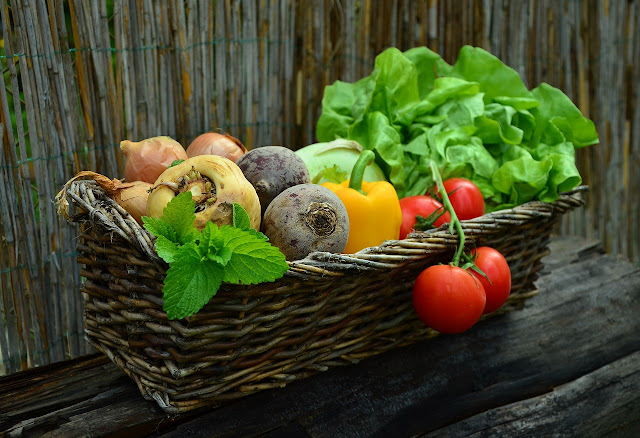Secrets you didn't know about food storage
Working towards attaining good food storage can be quite overwhelming for many people especially when you are trying to make the ends meets; however it is important to have it during hard times. We cannot live long without food and water, thus as far as emergency preparedness is concerned storage should always be the top of your priorities. It is a good practice to have different types of storage during the emergency times.
Packing and storing your food storage is also crucial and you should do it bearing in mind the type of climate you live in i.e. whether it is dry or humid. In humid areas, can food are likely to rust and spoil easily, thus it is wise to wax the cans or preserve them in dry storage environment.
In addition light or lack of it affects different types of food in storage and in most instances it should be kept out of light all together. For grains, if they are left in their storage bags that are not sealed properly they can easily get humid and get spoilt or they may end up being contaminated with rodents or insects. Using gallon buckets that are food storage grade containers is a sure way of storing and preserving grains and legumes. Additionally, inserting desiccant silica gels and oxygen absorbers which are moisture free substances help in keeping your food storage preserved for long period of time.
Food storage is broken down into three fundamental categories which depend on the period of time it can supply food for. These categories of storage include:
Survival food storage:
This is a short-term oxygen absorbers measure which is also the starting point for having basic food supply in the event of very basic needs. It is a minimum storage that is recommended for personal use to prepare in advance and update regularly since the foods involved expires quickly.
Emergency food storage:
This is a type of storage you build, once you have attained your survival food store. This storage is likely to provide you with food supplies for a couple of months in case of disaster or other emergencies that may arise, thus curtailing your daily food supply. The trick of effectively putting up this type of storage is by knowing what to store and how to store it well.
Long term food storage:
This type of storage is popular among the people who want to have enough food supplies for themselves and members of their families in time of great food need. This system of storage is geared towards providing you with food for one year or more. Putting up this kind of storage may seem expensive, however it is a long-term measure and it is cheap at long run though it may be expensive.
Factors to consider when storing food for long-term use
Temperature: Foods which have been stored at a room temperature are always nutritious and edible much longer after their storage. Heat destroys stored food and their nutritional value. For instance, the proteins breakdown and some vitamins are also destroyed.
Moisture: Moisture promotes an environment where microorganisms may grow and have chemical reactions in stored food, thus spoiling it. All food storage should be done in a cool and dry atmosphere.
Oxygen: excessive oxygen may lead to deterioration of food thus promoting the growth of microorganisms, particularly in vitamins, fats and food color. Thus you should use oxygen absorbers when packing you food products.


Comments
Post a Comment